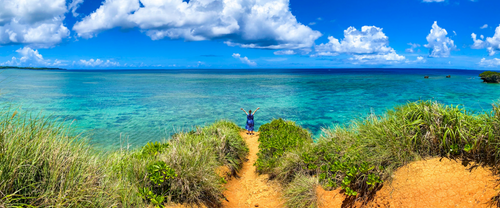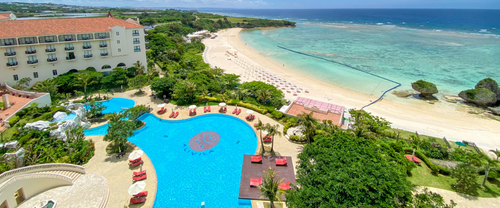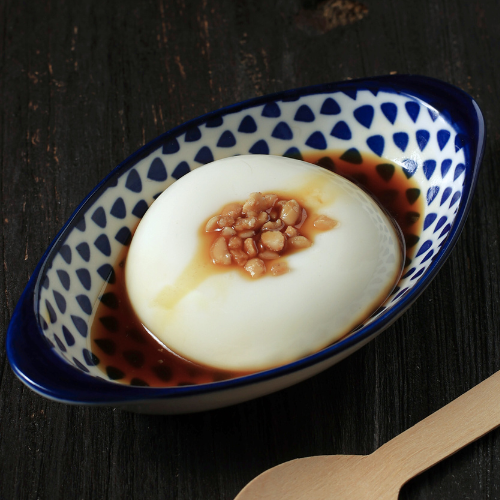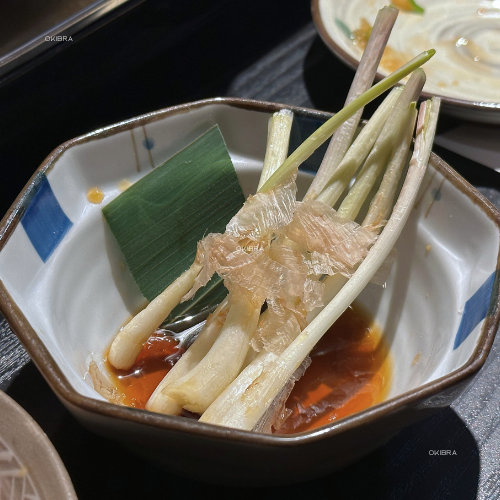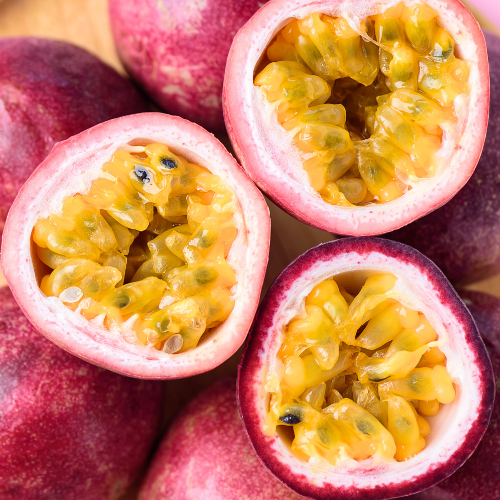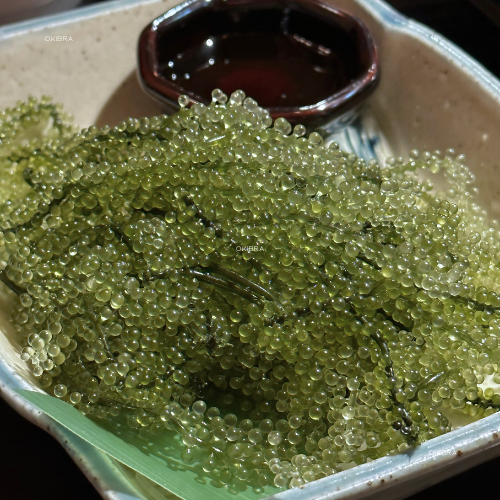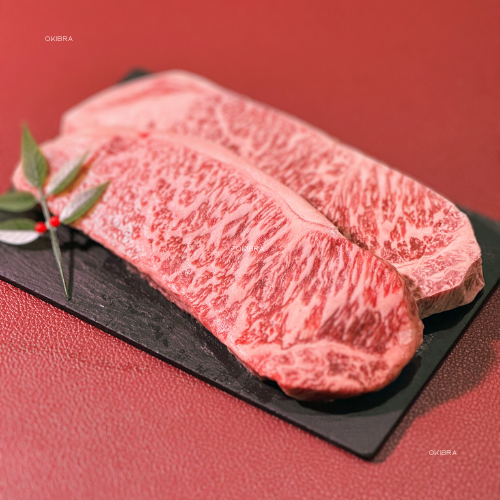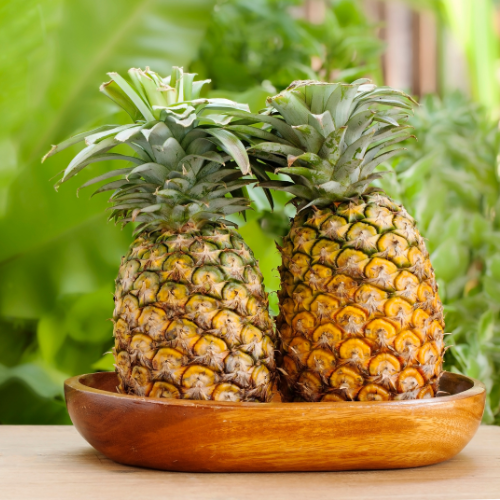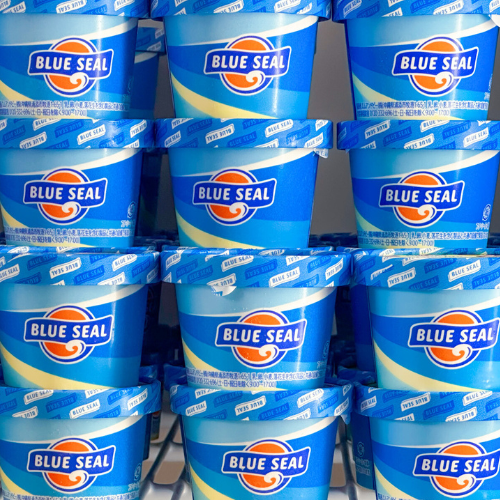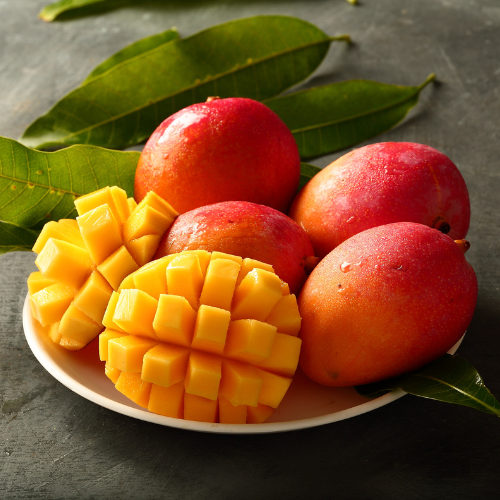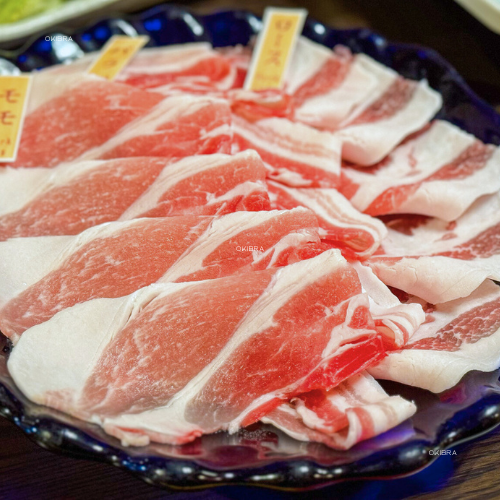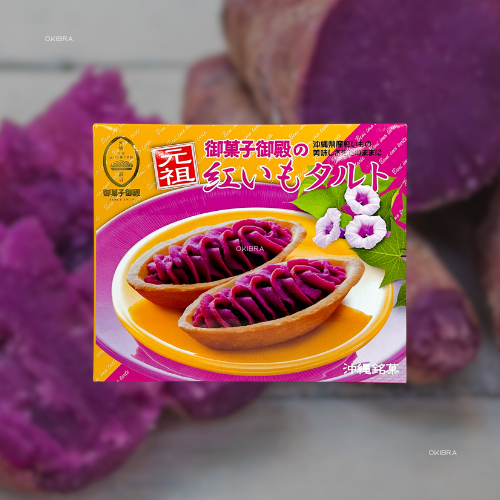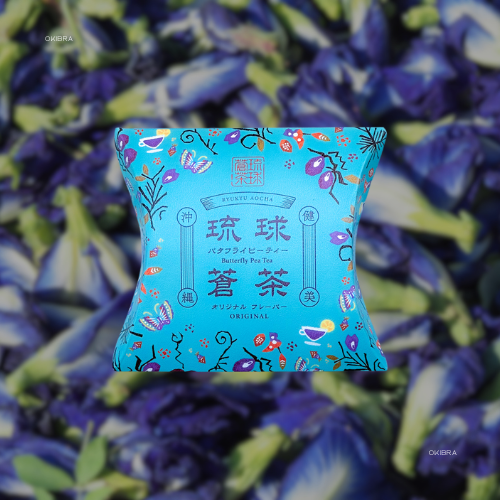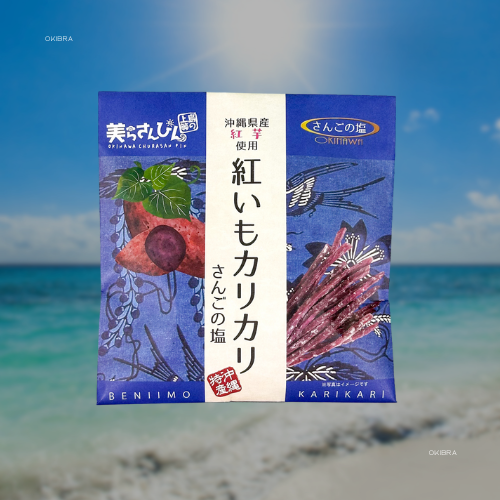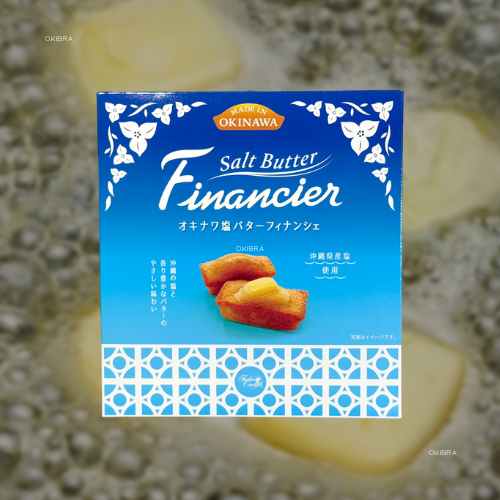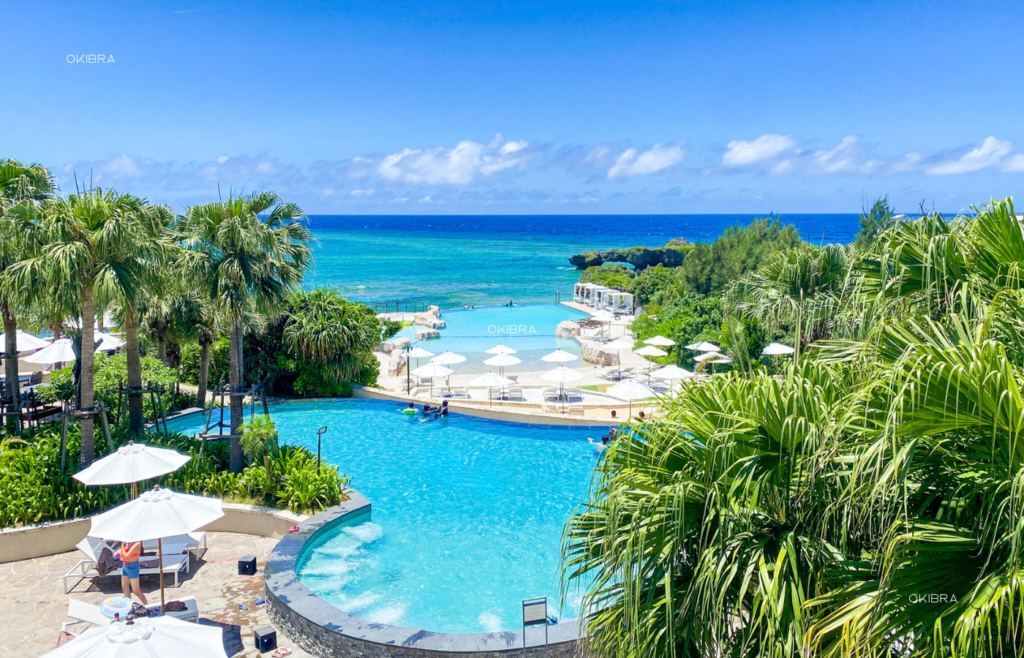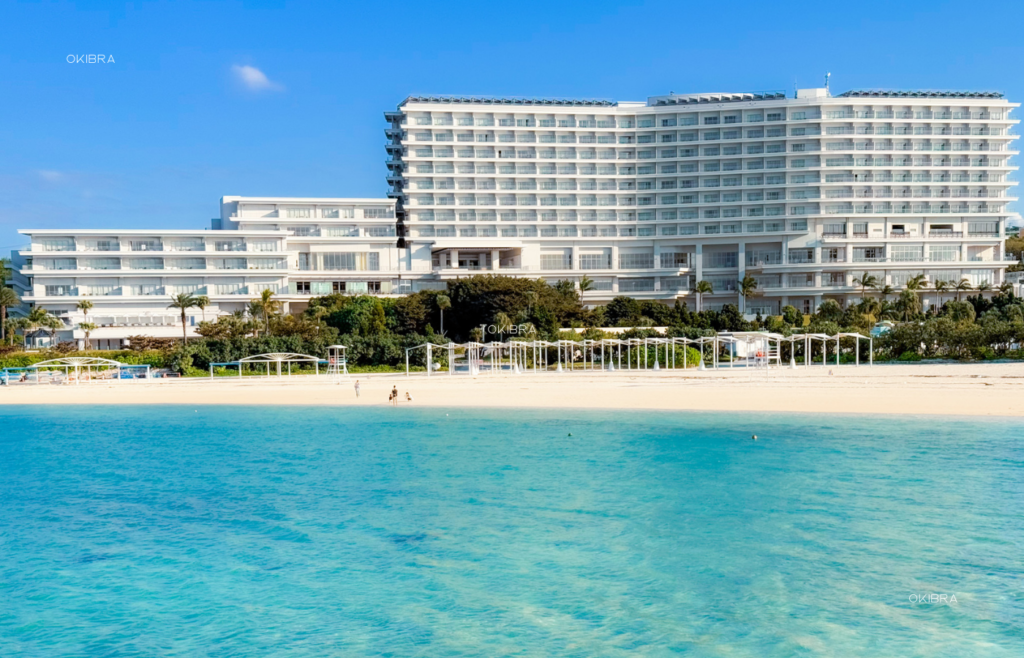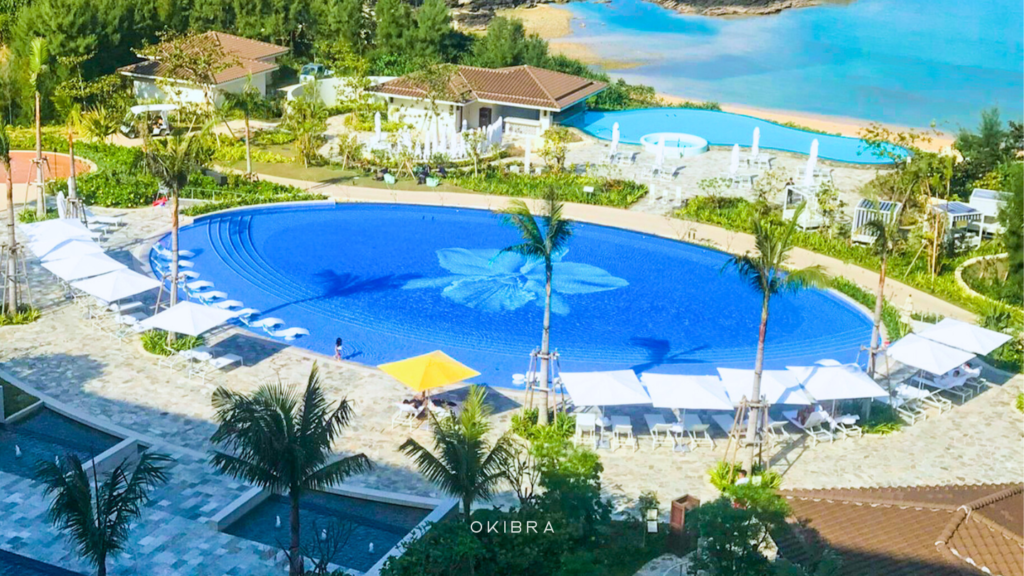Average Monthly Temperatures in Okinawa
Okinawa is popular as a summer resort with its mild subtropical climate, warm and warm in winter and refreshing breezes in summer. The four seasons are pleasant and comfortable, so it is always a good day for a trip. Such a climate is one of the charms of Okinawa. *Table shows average values for Naha City from 1975 to 2024.
Approximate fashion period
Okinawa's small seasonal temperature differences make the choice of clothing a bit special. Short-sleeved and one-piece dresses work well for long periods of time, and in spring and fall, a woven coat comes in handy; from February to April and from October to December, clothing varies with day and night, weather and wind, so it is a good idea to have several patterns ready.
Then, check out the guidelines for what to wear according to the temperature and enjoy a comfortable trip!
Climate and clothing check by month
Okinawa in January

Maybe you should wear something like this.
Temperature and Weather Information for January in Okinawa, Japan
| average temperature (average over the past 50 years) |
Average humidity (average over the past 50 years) |
clear occurrence rate (average over the past 30 years) |
Average wind speed (average over the past 50 years) |
Precipitation total (average over the past 50 years) |
|
|---|---|---|---|---|---|
| Naha (Japanese name for Okinawa Prefecture) | 20°. / 15°. | 68% | 38% | 5.1m/s | 119mm |
| Miyako Island (Okinawa) | 20°. / 16°. | 72% | 34% | 5.0m/s | 139mm |
| Ishigaki Island | 21°. / 16°. | 72% | 30% | 5.0m/s | 130mm |
| Tokyo | 9° / 2°. | 54% | long vowel mark (usually only used in katakana) | 3.2m/s | 50mm |
| Osaka | 10°. / 3°. | 61% | long vowel mark (usually only used in katakana) | 3.1m/s | 52mm |
| Typhoon outbreak (average of the past 30 years) |
0.3 pcs. | Okinawa typhoon approaching (average of the past 30 years) |
0 pcs. |
| sea bathing | ultra-violet rays |
| Approximate Travel Fees | first 10 days of month | middle of a month | month (last third of) |
Sources: Okinawa Meteorological Observatory, "Monthly values since the start of observations" and "Weather occurrence rate (%) for each region"; Japan Meteorological Agency, "Number of typhoons and their approach to Okinawa Prefecture.
Okinawa in February
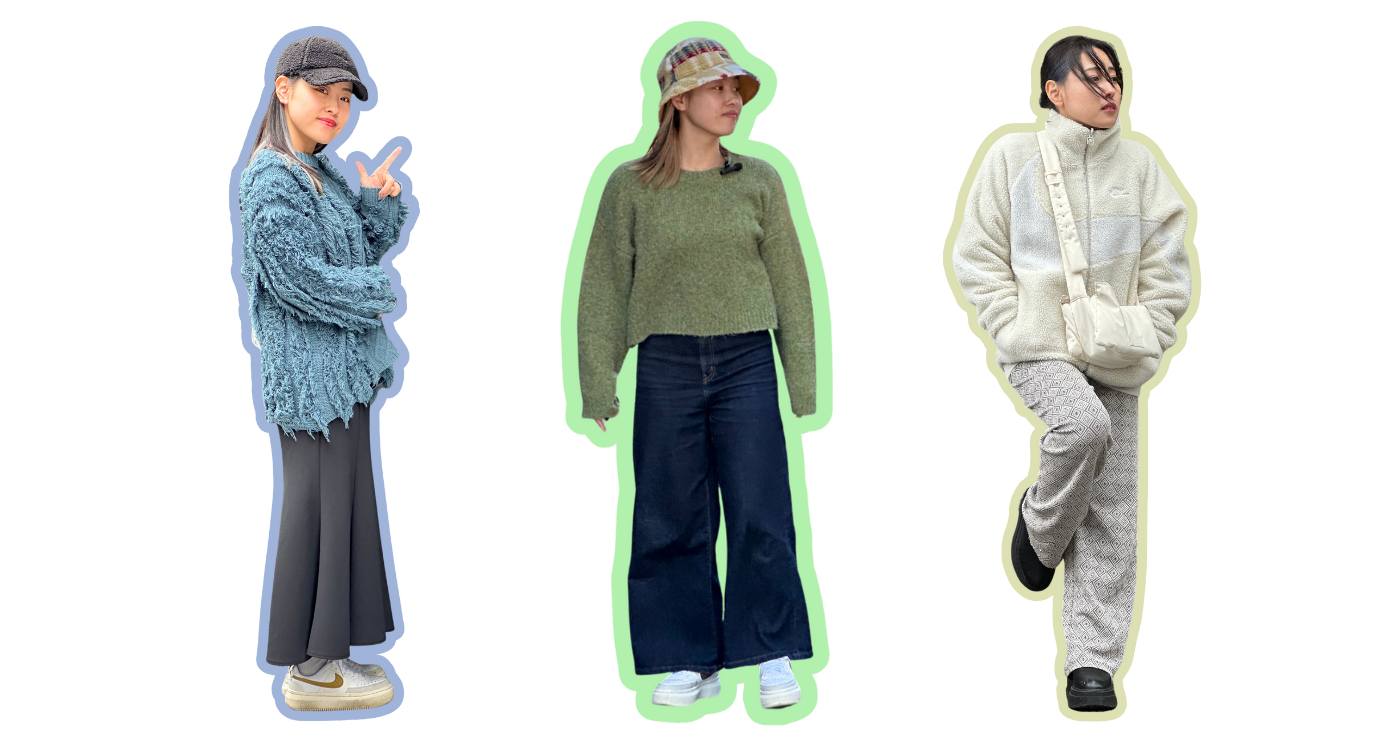
Maybe you should wear something like this.
Okinawa Prefecture February Temperature and Weather Information
| average temperature (average over the past 50 years) |
Average humidity (average over the past 50 years) |
clear occurrence rate (average over the past 30 years) |
Average wind speed (average over the past 50 years) |
Precipitation total (average over the past 50 years) |
|
|---|---|---|---|---|---|
| Naha (Japanese name for Okinawa Prefecture) | 21°. / 16°. | 71% | 40% | 5.0m/s | 131mm |
| Miyako Island (Okinawa) | 21°. / 16°. | 75% | 38% | 4.8m/s | 131mm |
| Ishigaki Island | 22°. / 17°. | 75% | 37% | 4.9m/s | 128mm |
| Tokyo | 11° / 3°. | 54% | long vowel mark (usually only used in katakana) | 3.4m/s | 60mm |
| Osaka | 10°. / 3°. | 60% | long vowel mark (usually only used in katakana) | 3.1m/s | 58mm |
| Typhoon outbreak (average of the past 30 years) |
0.3 pcs. | Okinawa typhoon approaching (average of the past 30 years) |
0 pcs. |
| sea bathing | ultra-violet rays |
| Approximate Travel Fees | first 10 days of month | middle of a month | month (last third of) |
Sources: Okinawa Meteorological Observatory, "Monthly values since the start of observations" and "Weather occurrence rate (%) for each region"; Japan Meteorological Agency, "Number of typhoons and their approach to Okinawa Prefecture.
Okinawa in March
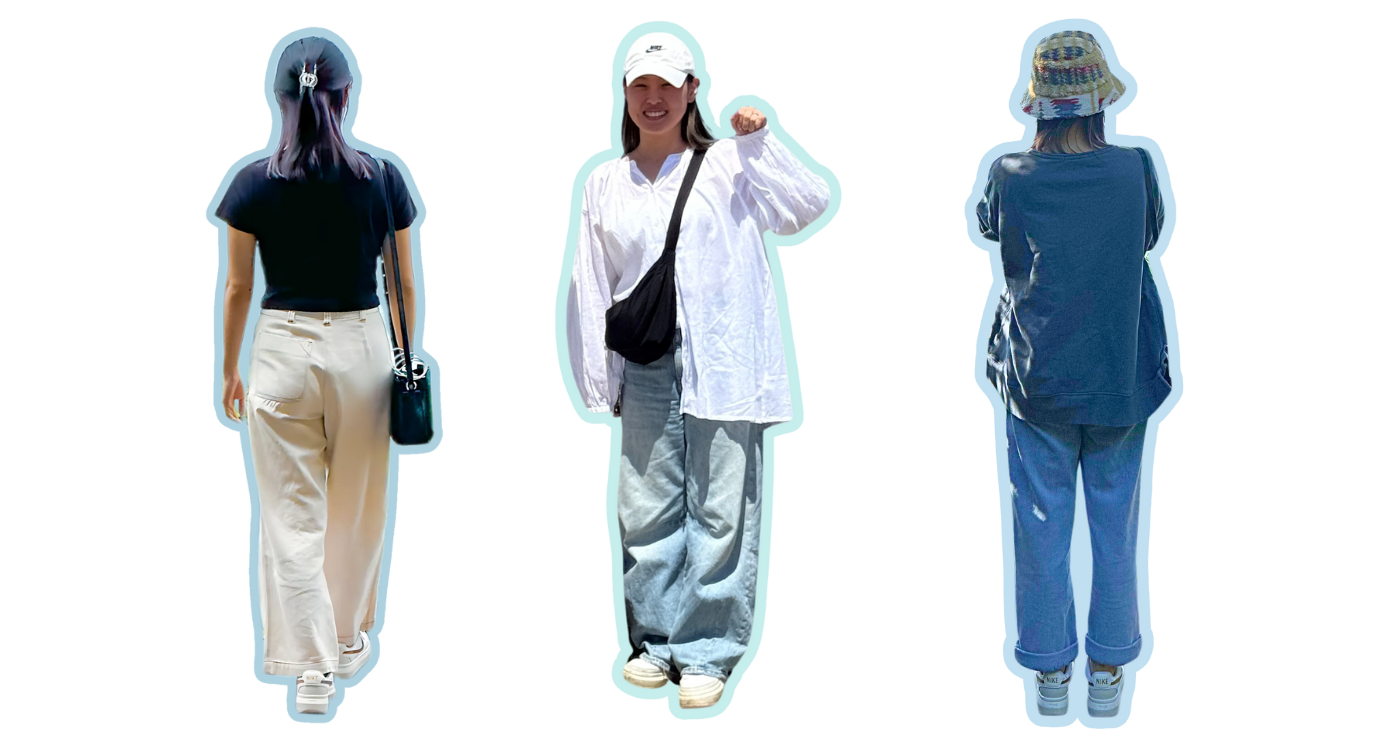
Maybe you should wear something like this.
Okinawa Prefecture March Temperature and Weather Information
| average temperature (average over the past 50 years) |
Average humidity (average over the past 50 years) |
clear occurrence rate (average over the past 30 years) |
Average wind speed (average over the past 50 years) |
Precipitation total (average over the past 50 years) |
|
|---|---|---|---|---|---|
| Naha (Japanese name for Okinawa Prefecture) | 23° / 17°. | 72% | 44% | 5.0m/s | 145mm |
| Miyako Island (Okinawa) | 23° / 18° | 78% | 44% | 4.6m/s | 134mm |
| Ishigaki Island | 24° / 19° | 76% | 42% | 4.7m/s | 130mm |
| Tokyo | 14°. / 6°. | 54% | long vowel mark (usually only used in katakana) | 3.5m/s | 120mm |
| Osaka | 14°. / 6°. | 59% | long vowel mark (usually only used in katakana) | 3.1m/s | 107mm |
| Typhoon outbreak (average of the past 30 years) |
0.3 pcs. | Okinawa typhoon approaching (average of the past 30 years) |
0 pcs. |
| sea bathing | ultra-violet rays |
| Approximate Travel Fees | first 10 days of month | middle of a month | month (last third of) |
Sources: Okinawa Meteorological Observatory, "Monthly values since the start of observations" and "Weather occurrence rate (%) for each region"; Japan Meteorological Agency, "Number of typhoons and their approach to Okinawa Prefecture.
Okinawa in April
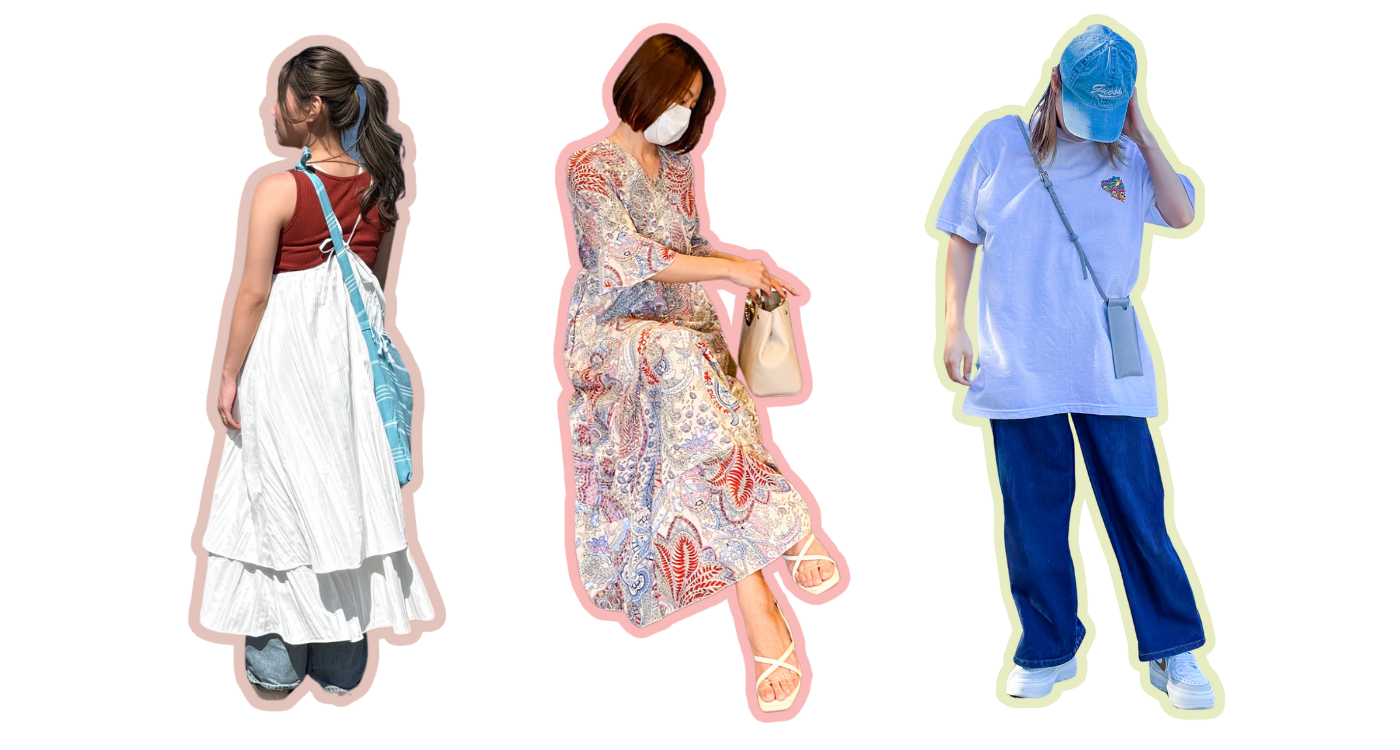
Maybe you should wear something like this.
Okinawa Prefecture April Temperature and Weather Information
| average temperature (average over the past 50 years) |
Average humidity (average over the past 50 years) |
clear occurrence rate (average over the past 30 years) |
Average wind speed (average over the past 50 years) |
Precipitation total (average over the past 50 years) |
|
|---|---|---|---|---|---|
| Naha (Japanese name for Okinawa Prefecture) | 25°. / 20°. | 75% | 40% | 4.9m/s | 234mm |
| Miyako Island (Okinawa) | 25°. / 20°. | 80% | 43% | 4.4m/s | 166mm |
| Ishigaki Island | 26°. / 21°. | 78% | 45% | 4.6m/s | 154mm |
| Tokyo | 19° / 11° | 54% | long vowel mark (usually only used in katakana) | 3.5m/s | 133mm |
| Osaka | 20°. / 11° | 59% | long vowel mark (usually only used in katakana) | 3.0m/s | 122mm |
| Typhoon outbreak (average of the past 30 years) |
0.6 pcs. | Okinawa typhoon approaching (average of the past 30 years) |
0 pcs. |
| sea bathing | ultra-violet rays | 'good work' (equiv. of silver star awarded to children at school) |
| Approximate Travel Fees | first 10 days of month | middle of a month | month (last third of) |
Sources: Okinawa Meteorological Observatory, "Monthly values since the start of observations" and "Weather occurrence rate (%) for each region"; Japan Meteorological Agency, "Number of typhoons and their approach to Okinawa Prefecture.
Okinawa in May
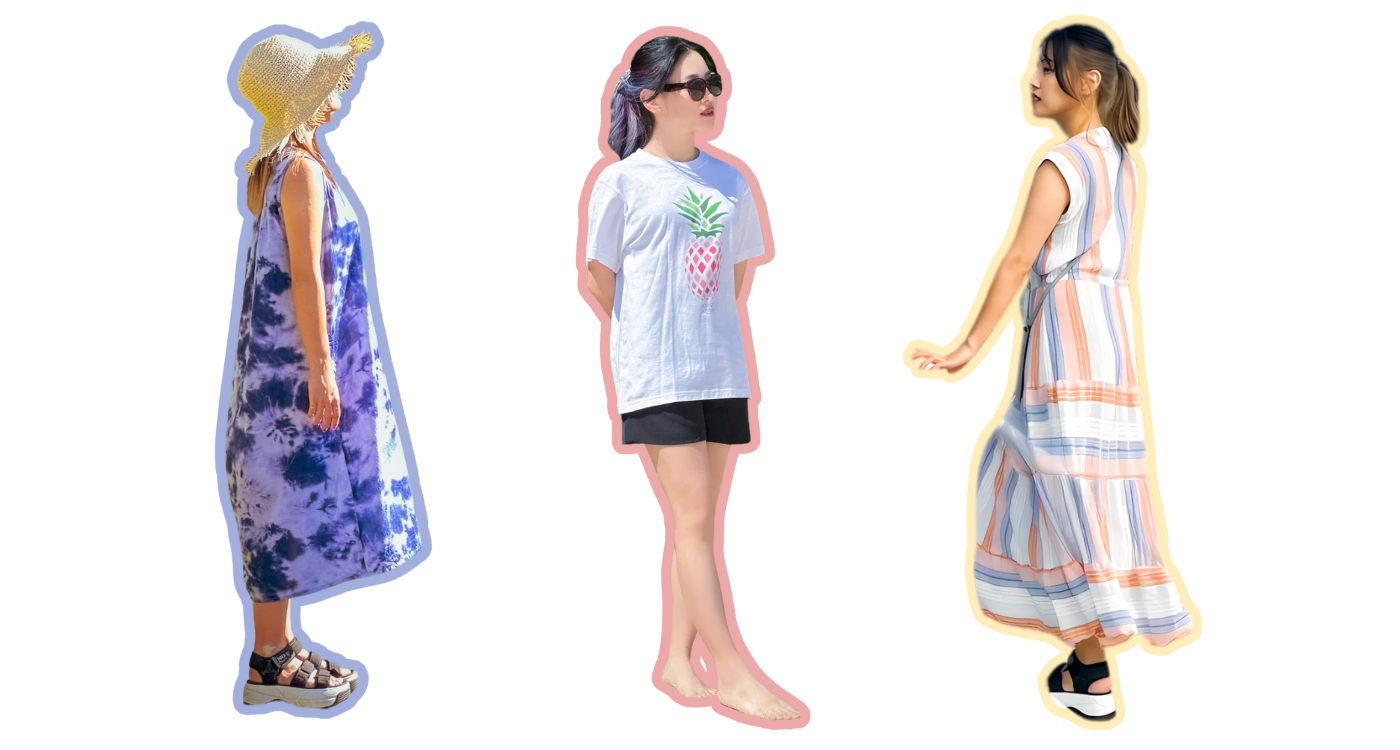
Maybe you should wear something like this.
Okinawa Prefecture May Temperature and Weather Information
| average temperature (average over the past 50 years) |
Average humidity (average over the past 50 years) |
clear occurrence rate (average over the past 50 years) |
Average wind speed (average over the past 50 years) |
Precipitation total (average over the past 50 years) |
|
|---|---|---|---|---|---|
| Naha (Japanese name for Okinawa Prefecture) | 28° / 23° | 79% | 38% | 4.9m/s | 282mm |
| Miyako Island (Okinawa) | 28° / 23° | 83% | 45% | 4.2m/s | 236mm |
| Ishigaki Island | 29° / 24° | 81% | 49% | 4.3m/s | 219mm |
| Tokyo | 23° / 15°. | 54% | long vowel mark (usually only used in katakana) | 3.3m/s | 140mm |
| Osaka | 25°. / 16°. | 62% | long vowel mark (usually only used in katakana) | 2.9m/s | 162mm |
| Typhoon outbreak (average of the past 30 years) |
1.0 piece | Okinawa typhoon approaching (average of the past 30 years) |
0.4 pcs. |
| sea bathing | ultra-violet rays | 'good work' (equiv. of silver star awarded to children at school) |
| Approximate Travel Fees | first 10 days of month | middle of a month | month (last third of) |
Sources: Okinawa Meteorological Observatory, "Monthly values since the start of observations" and "Weather occurrence rate (%) for each region"; Japan Meteorological Agency, "Number of typhoons and their approach to Okinawa Prefecture.
Okinawa in June
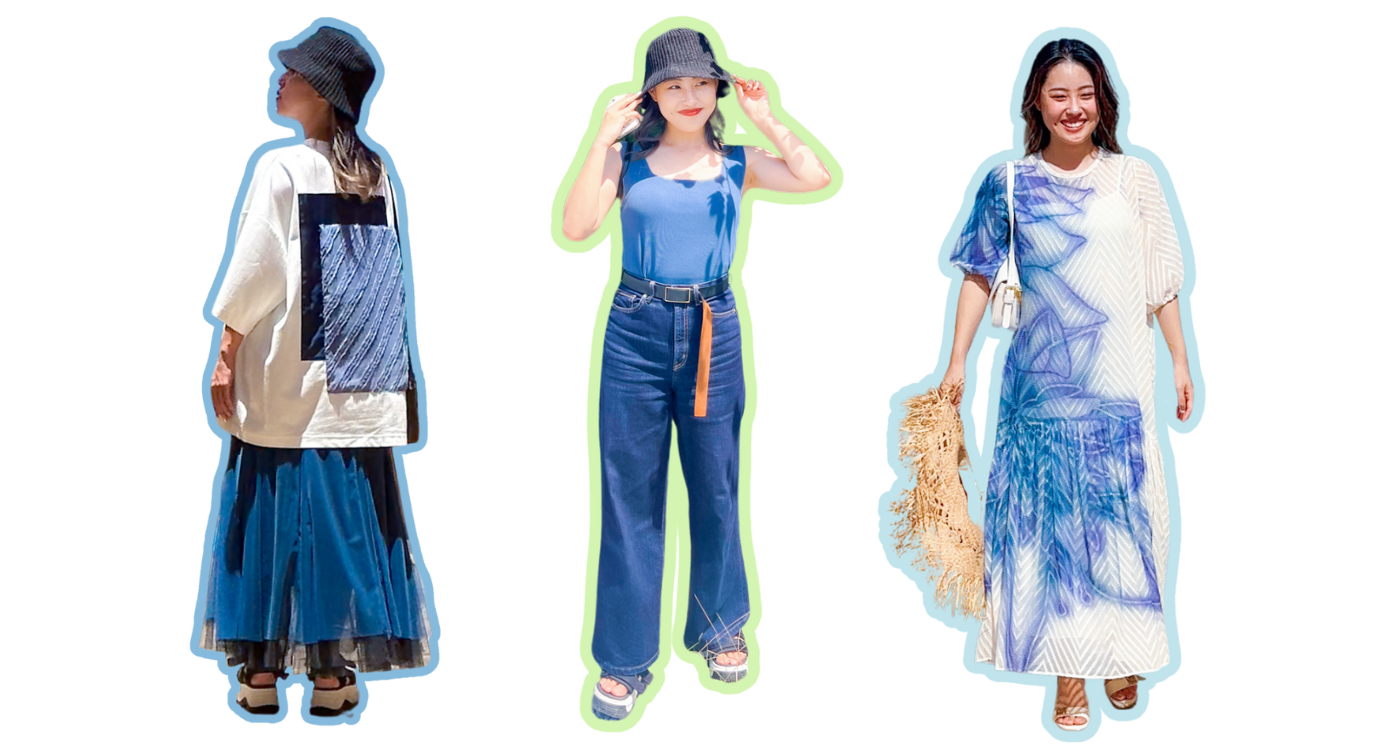
Maybe you should wear something like this.
Okinawa Prefecture June Temperature and Weather Information
| average temperature (average over the past 50 years) |
Average humidity (average over the past 50 years) |
clear occurrence rate (average over the past 30 years) |
Average wind speed (average over the past 50 years) |
Precipitation total (average over the past 50 years) |
|
|---|---|---|---|---|---|
| Naha (Japanese name for Okinawa Prefecture) | 30° / 25°. | 83% | 38% | 5.2m/s | 242mm |
| Miyako Island (Okinawa) | 30° / 25°. | 85% | 48% | 4.5m/s | 185mm |
| Ishigaki Island | 31°. / 26°. | 82% | 49% | 5.0m/s | 198mm |
| Tokyo | 26°. / 19° | 54% | long vowel mark (usually only used in katakana) | 3.0m/s | 173mm |
| Osaka | 28° / 20°. | 69% | long vowel mark (usually only used in katakana) | 3.0m/s | 212 mm |
| Typhoon outbreak (average of the past 30 years) |
1.6 pcs. | Okinawa typhoon approaching (average of the past 30 years) |
0.6 pcs. |
| sea bathing | ultra-violet rays | 'good work' (equiv. of silver star awarded to children at school) |
| Approximate Travel Fees | first 10 days of month | middle of a month | month (last third of) |
Sources: Okinawa Meteorological Observatory, "Monthly values since the start of observations" and "Weather occurrence rate (%) for each region"; Japan Meteorological Agency, "Number of typhoons and their approach to Okinawa Prefecture.
Okinawa in July
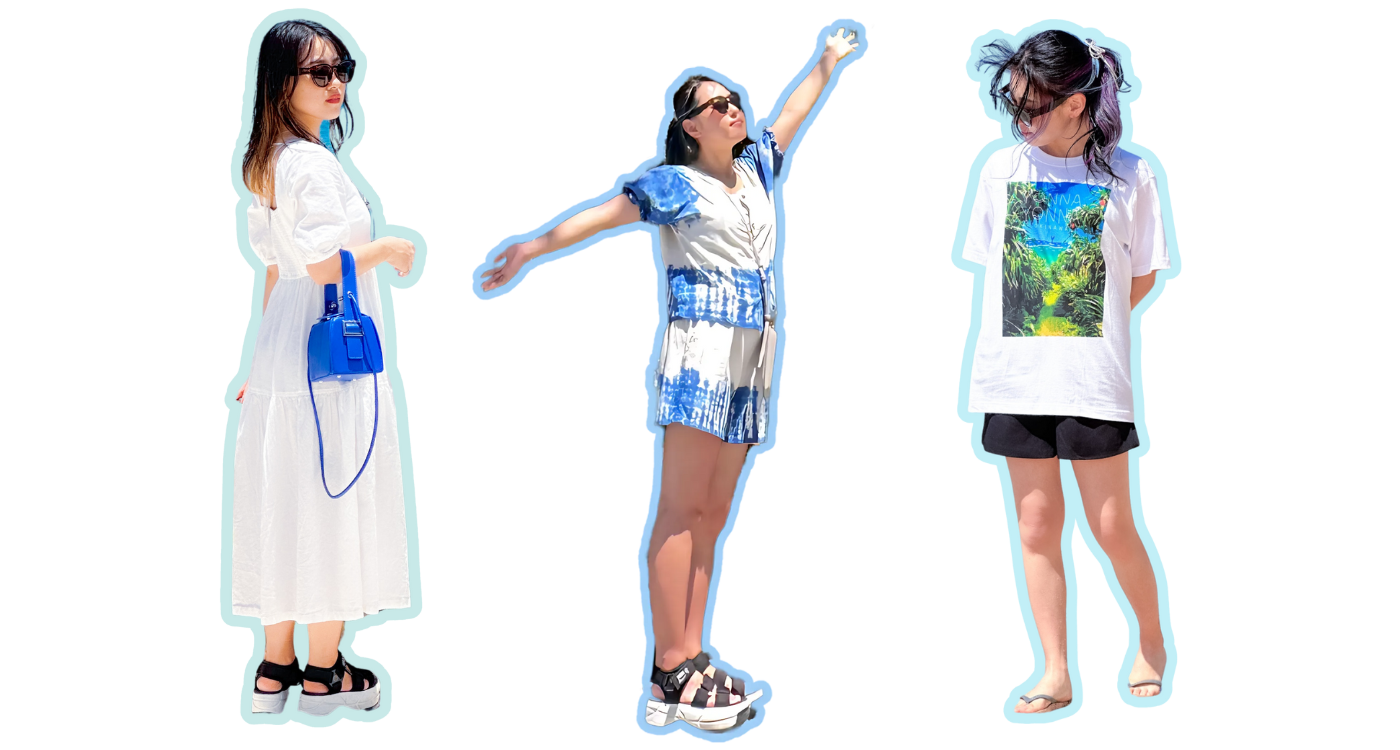
Maybe you should wear something like this.
Okinawa Prefecture July Temperature and Weather Information
| average temperature (average over the past 50 years) |
Average humidity (average over the past 50 years) |
clear occurrence rate (average over the past 30 years) |
Average wind speed (average over the past 50 years) |
Precipitation total (average over the past 50 years) |
|
|---|---|---|---|---|---|
| Naha (Japanese name for Okinawa Prefecture) | 32° / 27° | 81% | 56% | 5.2m/s | 193mm |
| Miyako Island (Okinawa) | 32° / 28° | 81% | 60% | 4.4m/s | 142mm |
| Ishigaki Island | 32° / 28° | 78% | 58% | 5.2m/s | 155mm |
| Tokyo | 30° / 23° | 54% | long vowel mark (usually only used in katakana) | 3.0m/s | 149mm |
| Osaka | 32° / 24° | 70% | long vowel mark (usually only used in katakana) | 3.1m/s | 201mm |
| Typhoon outbreak (average of the past 30 years) |
3.7 pcs. | Okinawa typhoon approaching (average of the past 30 years) |
1.5 pcs. |
| sea bathing | ultra-violet rays | 'good work' (equiv. of silver star awarded to children at school) |
| Approximate Travel Fees | first 10 days of month | middle of a month | month (last third of) |
Sources: Okinawa Meteorological Observatory, "Monthly values since the start of observations" and "Weather occurrence rate (%) for each region"; Japan Meteorological Agency, "Number of typhoons and their approach to Okinawa Prefecture.
Okinawa in August

Maybe you should wear something like this.
Temperature and Weather Information for August in Okinawa, Japan
| average temperature (average over the past 50 years) |
Average humidity (average over the past 50 years) |
clear occurrence rate (average over the past 30 years) |
Average wind speed (average over the past 50 years) |
Precipitation total (average over the past 50 years) |
|
|---|---|---|---|---|---|
| Naha (Japanese name for Okinawa Prefecture) | 32° / 27° | 80% | 50% | 5.0m/s | 213 mm |
| Miyako Island (Okinawa) | 31°. / 26°. | 82% | 51% | 4.3m/s | 269mm |
| Ishigaki Island | 32° / 27° | 78% | 53% | 5.0m/s | 252mm |
| Tokyo | 31°. / 24° | 54% | long vowel mark (usually only used in katakana) | 2.6m/s | 164mm |
| Osaka | 33°. / 26°. | 67% | long vowel mark (usually only used in katakana) | 3.2m/s | 201mm |
| Typhoon outbreak (average of the past 30 years) |
5.7 pcs. | Okinawa typhoon approaching (average of the past 30 years) |
2.2 pcs. |
| sea bathing | ultra-violet rays | 'good work' (equiv. of silver star awarded to children at school) |
| Approximate Travel Fees | first 10 days of month | middle of a month | month (last third of) |
Sources: Okinawa Meteorological Observatory, "Monthly values since the start of observations" and "Weather occurrence rate (%) for each region"; Japan Meteorological Agency, "Number of typhoons and their approach to Okinawa Prefecture.
Okinawa in September

Maybe you should wear something like this.
Okinawa Prefecture September Temperature and Weather Information
| average temperature (average over the past 50 years) |
Average humidity (average over the past 50 years) |
clear occurrence rate (average over the past 30 years) |
Average wind speed (average over the past 50 years) |
Precipitation total (average over the past 50 years) |
|
|---|---|---|---|---|---|
| Naha (Japanese name for Okinawa Prefecture) | 31°. / 26°. | 80% | 52% | 4.7m/s | 190mm |
| Miyako Island (Okinawa) | 30° / 25°. | 80% | 54% | 4.5m/s | 231mm |
| Ishigaki Island | 31°. / 26°. | 77% | 53% | 4.8m/s | 249mm |
| Tokyo | 27° / 21°. | 54% | long vowel mark (usually only used in katakana) | 3.1m/s | 215mm |
| Osaka | 29° / 22°. | 68% | long vowel mark (usually only used in katakana) | 3.1m/s | 198mm |
| Typhoon outbreak (average of the past 30 years) |
5.0 pcs. | Okinawa typhoon approaching (average of the past 30 years) |
1.9 pieces |
| sea bathing | ultra-violet rays | 'good work' (equiv. of silver star awarded to children at school) |
| Approximate Travel Fees | first 10 days of month | middle of a month | month (last third of) |
Sources: Okinawa Meteorological Observatory, "Monthly values since the start of observations" and "Weather occurrence rate (%) for each region"; Japan Meteorological Agency, "Number of typhoons and their approach to Okinawa Prefecture.
Okinawa in October
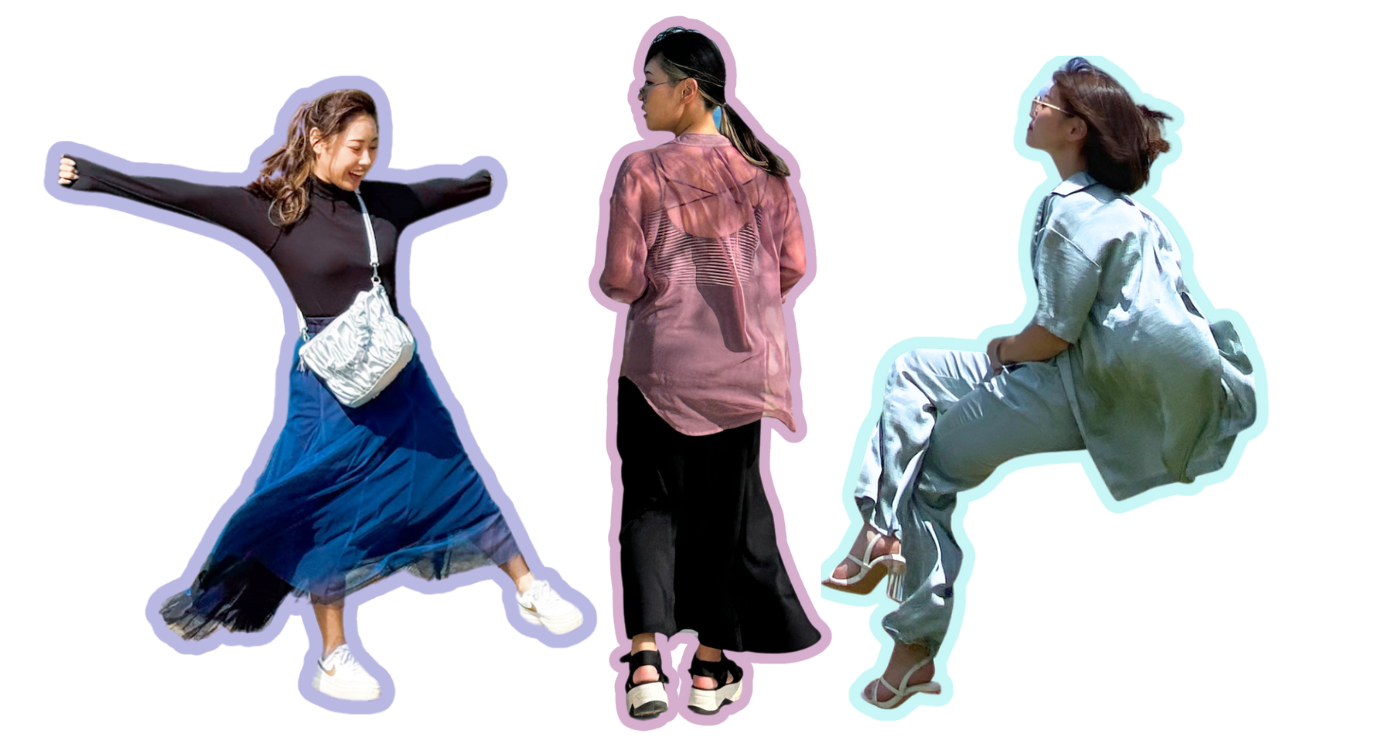
Maybe you should wear something like this.
Okinawa Prefecture October Temperature and Weather Information
| average temperature (average over the past 50 years) |
Average humidity (average over the past 50 years) |
clear occurrence rate (average over the past 30 years) |
Average wind speed (average over the past 50 years) |
Precipitation total (average over the past 50 years) |
|
|---|---|---|---|---|---|
| Naha (Japanese name for Okinawa Prefecture) | 28° / 24° | 76% | 61% | 5.3m/s | 150mm |
| Miyako Island (Okinawa) | 28° / 24° | 75% | 53% | 5.3m/s | 167mm |
| Ishigaki Island | 29° / 24° | 74% | 52% | 5.1m/s | 195mm |
| Tokyo | 22°. / 15°. | 54% | long vowel mark (usually only used in katakana) | 3.0m/s | 205mm |
| Osaka | 24° / 16°. | 65% | long vowel mark (usually only used in katakana) | 3.0m/s | 209mm |
| Typhoon outbreak (average of the past 30 years) |
3.5 pcs. | Okinawa typhoon approaching (average of the past 30 years) |
1.1 pcs. |
| sea bathing | ultra-violet rays |
| Approximate Travel Fees | first 10 days of month | middle of a month | month (last third of) |
Sources: Okinawa Meteorological Observatory, "Monthly values since the start of observations" and "Weather occurrence rate (%) for each region"; Japan Meteorological Agency, "Number of typhoons and their approach to Okinawa Prefecture.
Okinawa in November

Maybe you should wear something like this.
Okinawa Prefecture November Temperature and Weather Information
| average temperature (average over the past 50 years) |
Average humidity (average over the past 50 years) |
clear occurrence rate (average over the past 30 years) |
Average wind speed (average over the past 50 years) |
Precipitation total (average over the past 50 years) |
|
|---|---|---|---|---|---|
| Naha (Japanese name for Okinawa Prefecture) | 25°. / 21°. | 72% | 53% | 5.3m/s | 122mm |
| Miyako Island (Okinawa) | 25°. / 21°. | 74% | 45% | 5.4m/s | 151mm |
| Ishigaki Island | 26°. / 21°. | 74% | 45% | 5.2m/s | 152mm |
| Tokyo | 17°. / 10°. | 54% | long vowel mark (usually only used in katakana) | 2.9m/s | 97 mm |
| Osaka | 18° / 10°. | 64% | long vowel mark (usually only used in katakana) | 2.9m/s | 155mm |
| Typhoon outbreak (average of the past 30 years) |
2.2 pcs. | Okinawa typhoon approaching (average of the past 30 years) |
0.3 pcs. |
| sea bathing | ultra-violet rays |
| Approximate Travel Fees | first 10 days of month | middle of a month | month (last third of) |
Sources: Okinawa Meteorological Observatory, "Monthly values since the start of observations" and "Weather occurrence rate (%) for each region"; Japan Meteorological Agency, "Number of typhoons and their approach to Okinawa Prefecture.
Okinawa in December

Maybe you should wear something like this.
Okinawa Prefecture December Temperature and Weather Information
| average temperature (average over the past 50 years) |
Average humidity (average over the past 50 years) |
clear occurrence rate (average over the past 30 years) |
Average wind speed (average over the past 50 years) |
Precipitation total (average over the past 50 years) |
|
|---|---|---|---|---|---|
| Naha (Japanese name for Okinawa Prefecture) | 22°. / 17°. | 69% | 48% | 5.0m/s | 103 mm |
| Miyako Island (Okinawa) | 22°. / 18° | 71% | 39% | 5.3m/s | 144mm |
| Ishigaki Island | 23° / 18° | 71% | 38% | 5.2m/s | 138mm |
| Tokyo | 12°. / 5°. | 54% | long vowel mark (usually only used in katakana) | 2.9m/s | 51mm |
| Osaka | 12°. / 5°. | 62% | long vowel mark (usually only used in katakana) | 2.9m/s | 105mm |
| Typhoon outbreak (average of the past 30 years) |
1.0 piece | Okinawa typhoon approaching (average of the past 30 years) |
0 pcs. |
| sea bathing | ultra-violet rays |
| Approximate Travel Fees | first 10 days of month | middle of a month | month (last third of) |
Sources: Okinawa Meteorological Observatory, "Monthly values since the start of observations" and "Weather occurrence rate (%) for each region"; Japan Meteorological Agency, "Number of typhoons and their approach to Okinawa Prefecture.
Number of typhoons approaching Okinawa in the past 5 years
| Month Year | 2025 | mean value | 2024 | 2023 | 2022 | 2021 | 2020 | |||||||
|---|---|---|---|---|---|---|---|---|---|---|---|---|---|---|
| number of approaches | frequency | number of approaches | frequency | number of approaches | frequency | number of approaches | frequency | number of approaches | frequency | number of approaches | frequency | number of approaches | frequency | |
| January | 0 | 0 | 0 | 0 | 0 | 0 | 0 | 0 | 0 | 0 | 0 | 0 | 0 | 0 |
| February | 0 | 0 | 0 | 0.2 | 0 | 0 | 0 | 0 | 0 | 0 | 0 | 1 | 0 | 0 |
| March | 0 | 0 | 0 | 0 | 0 | 0 | 0 | 0 | 0 | 0 | 0 | 0 | 0 | 0 |
| April | 0 | 0 | 0.2 | 0.8 | 0 | 0 | 0 | 1 | 0 | 2 | 1 | 1 | 0 | 0 |
| May | 0 | 0 | 0.4 | 1 | 1 | 2 | 1 | 1 | 0 | 0 | 0 | 1 | 0 | 1 |
| June | 0 | 2 | 0.6 | 1.2 | 0 | 0 | 1 | 2 | 0 | 2 | 1 | 2 | 0 | 1 |
| July | - | - | 1.2 | 2 | 1 | 2 | 1 | 3 | 3 | 2 | 1 | 3 | 0 | 0 |
| August | - | - | 2.4 | 5.8 | 2 | 6 | 1 | 6 | 2 | 5 | 3 | 4 | 4 | 8 |
| September | - | - | 2.4 | 4.8 | 3 | 8 | 2 | 2 | 4 | 7 | 1 | 4 | 2 | 3 |
| October | - | - | 0.6 | 4 | 1 | 3 | 1 | 2 | 0 | 5 | 0 | 4 | 1 | 6 |
| November | - | - | 0.2 | 1.8 | 1 | 4 | 0 | 0 | 0 | 1 | 0 | 1 | 0 | 3 |
| December | - | - | 0 | 1 | 0 | 1 | 0 | 1 | 0 | 1 | 0 | 1 | 0 | 1 |
The number of approaching typhoons is the number of typhoons approaching Okinawa Prefecture. The number of occurrences is the number of typhoons themselves. The average value is the average for the five-year period from 2020 to 2024. Looking at the data, we can call the recent period from July to September as the period when typhoons are most likely to approach Okinawa.
Notes on viewing data
1. Approaching Okinawa Prefecture : The center of the typhoon will be within 300 km of any of the following meteorological offices: Naha, Nago, Kumejima, Miyakojima, Ishigakijima, Iriomotejima, Yonagunijima, and Minamidaitojima.
2. If a typhoon approaches in two different months, it is added to both months. The total number may not add up.
*Reference: Japan Meteorological Agency, "Number of typhoons and their approach to Okinawa Prefecture.
Bathing at the beach in Okinawa! Sea Opening Check
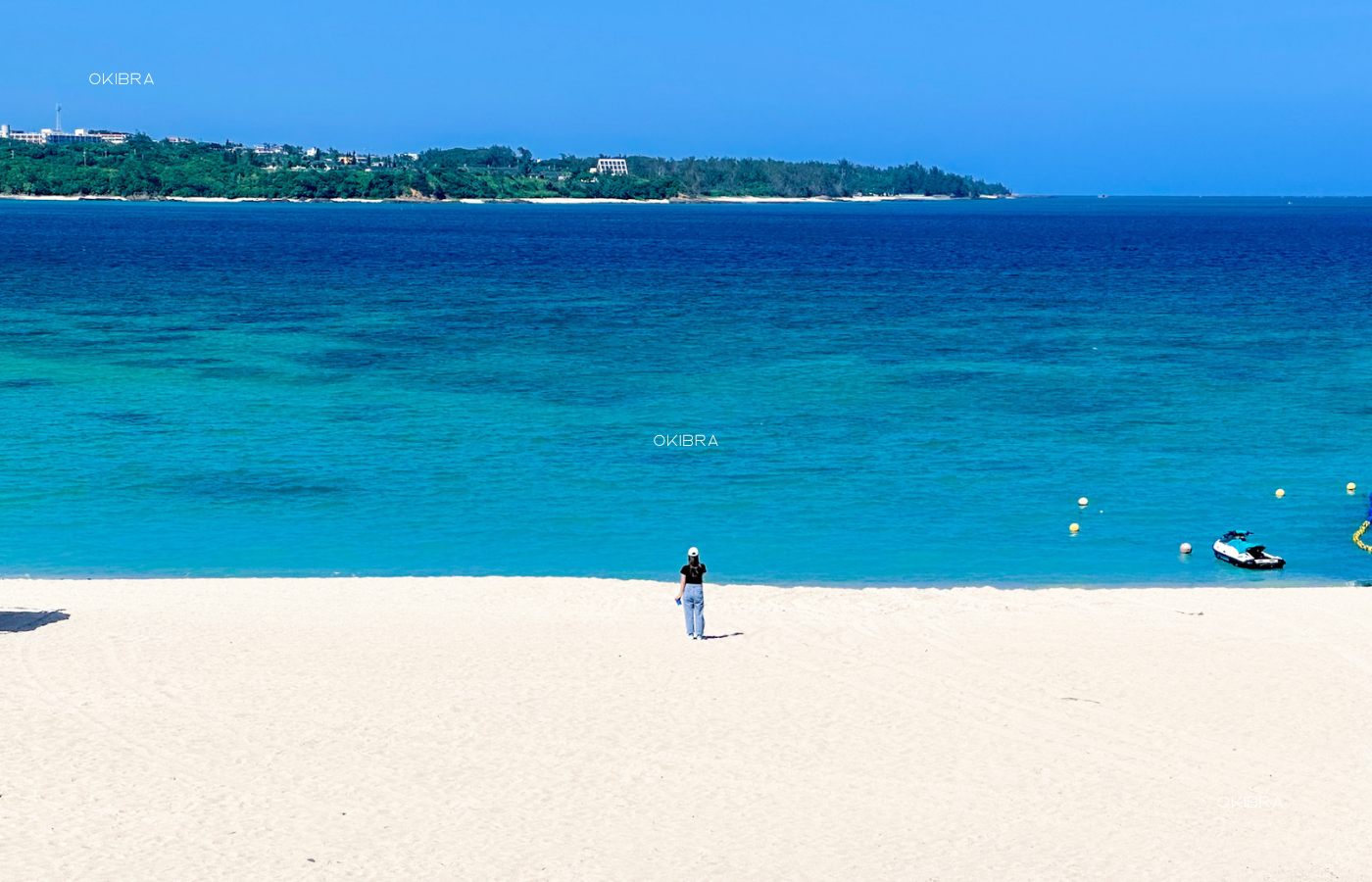
Beaches throughout Okinawa Prefecture open to the public in March or April, and swimming can be enjoyed until the end of October.
In March and October, there are many days when the sea water is cold and not suitable for swimming, depending on the weather. The best time to enjoy swimming is from May to September.
All information on sea openings is summarized in the special feature.
Approximate Prices for Okinawa Travel
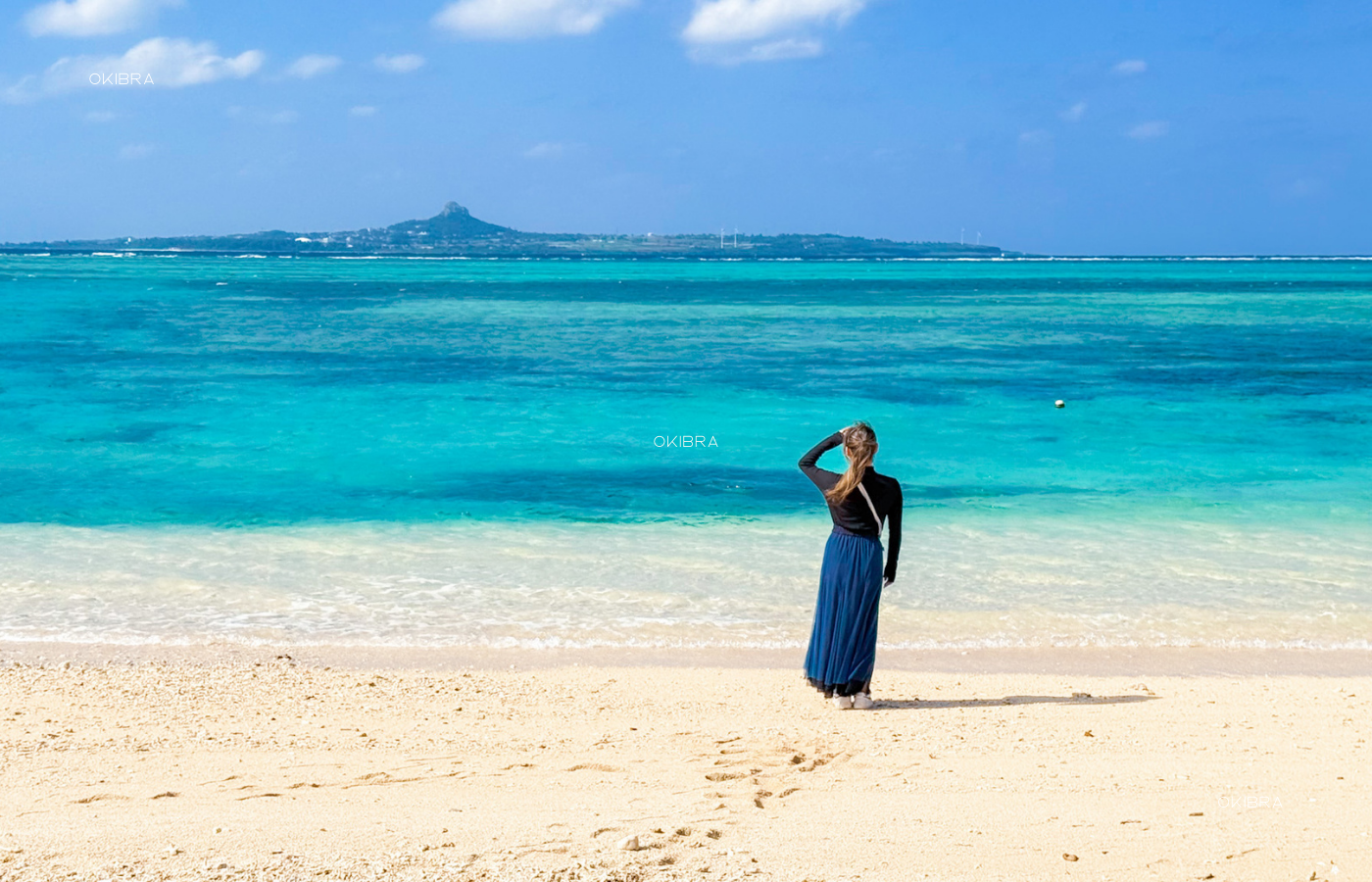
Below is a list of travel prices for Okinawa from January to December. Please keep in mind that this is only a "guideline" for reference in your travel planning.
| January | first 10 days of month | middle of a month | month (last third of) | |||
| February | first 10 days of month | middle of a month | month (last third of) | |||
| March | first 10 days of month | middle of a month | month (last third of) | |||
| April | first 10 days of month | middle of a month | month (last third of) | |||
| May | first 10 days of month | middle of a month | month (last third of) | |||
| June | first 10 days of month | middle of a month | month (last third of) | |||
| July | first 10 days of month | middle of a month | month (last third of) | |||
| August | first 10 days of month | middle of a month | month (last third of) | |||
| September | first 10 days of month | middle of a month | month (last third of) | |||
| October | first 10 days of month | middle of a month | month (last third of) | |||
| November | first 10 days of month | middle of a month | month (last third of) | |||
| December | first 10 days of month | middle of a month | month (last third of) |





